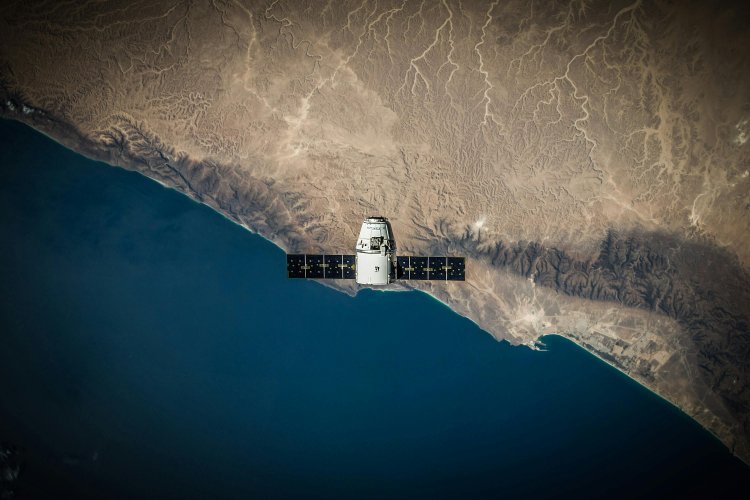Space Debris: A Growing Challenge - NASA and SpaceX Team Up for Mitigation
This article explores the growing challenge of space debris and the collaborative efforts of NASA and SpaceX to mitigate its risks. It discusses international regulations, recent debris re-entry incidents, potential future risks, and key areas for collaboration in debris tracking, removal technologies, and spacecraft design.

Space Debris: A Growing Challenge - NASA and SpaceX Team Up for Mitigation
The vast expanse of space offers incredible opportunities for exploration and scientific discovery. However, with increased space activity comes a growing concern: space debris. Discarded rocket parts, defunct satellites, and even tiny paint chips orbiting Earth at high speeds pose a significant threat to operational spacecraft and the International Space Station (ISS).
Recognizing this hazard, NASA and SpaceX are collaborating on solutions to mitigate the risks posed by space debris. This collaborative effort is crucial as the number of objects orbiting Earth continues to rise.
International Regulations and the Liability Issue
The international community has acknowledged the potential dangers of space debris. In 1972, the United Nations established the Liability Convention on Space Activities [UN Space Debris Liability Convention]. This treaty holds countries launching objects into space liable for any damage caused by their spacecraft or debris generated during a mission.
The convention serves as a framework for international cooperation in addressing space debris issues. It emphasizes the responsibility of spacefaring nations to implement practices that minimize debris creation and ensure safe re-entry of spacecraft components.
The Reality of Debris Re-entry
Despite advancements in spacecraft design and debris mitigation practices, recent events highlight the ongoing challenge. NASA has identified at least five instances where debris, originally intended to burn up entirely during re-entry, reached Earth's surface. Thankfully, none of these incidents resulted in human injuries or significant property damage.
One notable example involved a SpaceX Dragon spacecraft trunk. This component, designed to detach and burn up during re-entry, landed unexpectedly on a private property in North Carolina. This incident underscores the need for continuous improvement in debris modeling and re-entry prediction methods.
The Dragon trunk recovery presents a valuable opportunity for NASA and SpaceX to analyze the debris and refine existing models. By understanding the factors that contributed to its incomplete burn-up, they can develop more accurate debris re-entry predictions and implement necessary design changes.
Potential Future Risks and Ongoing Collaboration
Looking ahead, NASA warns of potential debris risks associated with the upcoming return of SpaceX Crew-8 from the ISS in August. Similar to the Dragon trunk incident, components of the spacecraft may not entirely disintegrate during re-entry, posing a potential risk of debris impact on Earth.
This situation underscores the importance of ongoing collaboration between NASA and SpaceX. By sharing expertise and data, they can develop and implement effective debris mitigation strategies.
Here are some potential areas of collaboration:
- Improved debris tracking and monitoring: Maintaining a comprehensive catalog of space debris allows for better prediction of potential collisions and facilitates maneuvers to avoid them.
- Advanced debris removal technologies: Researching and developing technologies for active debris removal, such as space-based capture systems or deorbiting tugs, can help reduce the overall amount of debris in Earth's orbit.
- Enhanced spacecraft design for minimal debris generation: Integrating features like self-passivation measures (reducing the chance of future explosions) and end-of-life deorbiting plans into spacecraft design can significantly minimize debris creation during missions.
Conclusion
Space debris is a complex issue demanding ongoing international cooperation. By working together, NASA and SpaceX can develop innovative solutions to ensure the sustainable use of space. Through responsible practices, technological advancements, and collaborative efforts, we can safeguard our future space endeavors and protect our planet.
What's Your Reaction?




















